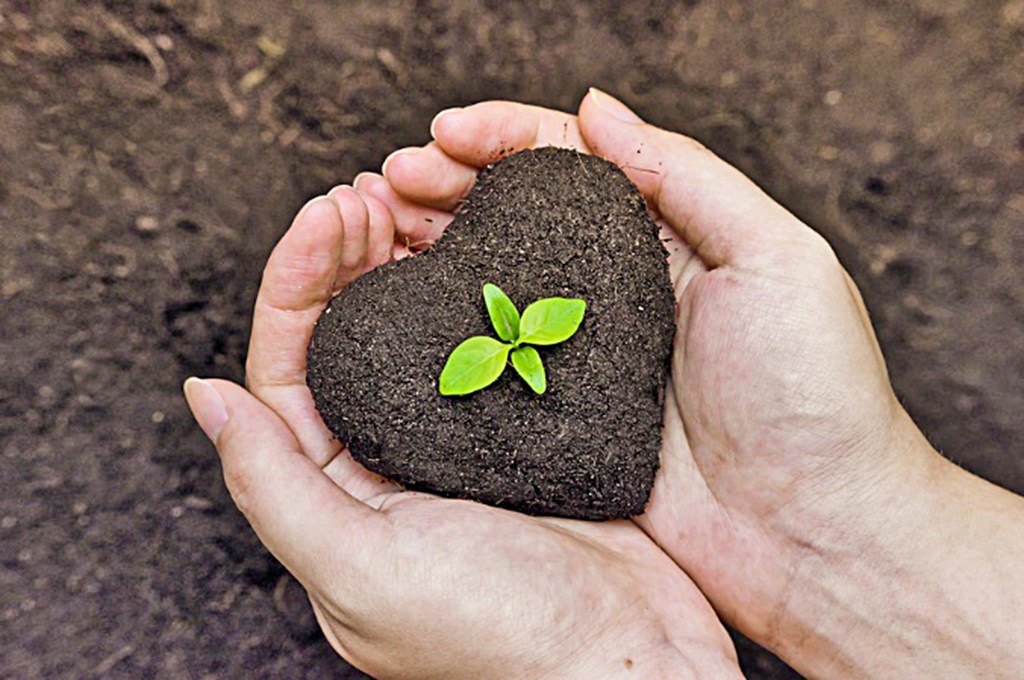ONE GARDENER TO ANOTHER: It’s a dirty job, but someone has to do it
Published 6:45 am Monday, May 21, 2018

- Topsoil
Like many gardeners, I always read the little tag that comes with a plant, tree or shrub that I purchase. These tags typically tell us the light requirements, planting depth and spacing, watering requirements and growth size and rate.
There are other factors to consider, however, that contribute to the success of the purchases you are about to incorporate into your garden, and for the ones already there. Dirt. The very first chapter in the Master Gardener program handbook is Soil and Plant Nutrition. It was pointed out to us that we are not to call it dirt — it’s called soil.
What’s the big deal about soil? Considering that roots comprise at least half of a plant, soil is as important as water and light. Soils provide plants with mechanical support, water, minerals and nutrients. There is a reason it is right in the front of the book.
When digging into Alabama soil, it changes with depth. This change in soil color and texture are characteristics of soil layers, or horizons. The upper horizon is called topsoil. It is in this horizon 80 percent of the roots are found, therefore having the greatest effect on plant growth.
Like a cake, topsoil can be comprised of different components. For a parallel between the two, you can have a dense cake or an airy cake. The main ingredients in soil are clay, silt and sand. The distribution of these particles determines the soil’s texture.
Clay is sticky when wet and form hard clods when dry, kind of like a dense cake. Although able to hold water, it leaves very little space for air. Plants need oxygen to survive. Sandy soil would be your angel food cake — airy yet unable to retain moisture well. Plants pull nutrients from the soil water.
Half of a soil’s composition is mineral matter. The rest is pore space, filled with air and water. Soil material without pore space is a brick – much like my biscuits, but that’s another article altogether.
What we need is a binder, something to bring the ingredients together and allow for adequate pore space. The eggs in our recipe is called humus. No, it is not the kind you eat with pita.
That’s hummus.
Humus, or soil organic matter, consists of plant and animal residues in various stages of decay.
The topsoil is where dead leaves, roots and other organisms decompose, releasing their nutrients for roots to absorb. This organic matter gives topsoil its darker color. Humus can be the natural decay of dead plants and animals or “manmade” — compost.
When humus is in the soil, it binds other ingredients together in a fashion that will make it crumble. It improves the soil structure allowing air and water to travel easily through the soil. Organic matter also supplies plant nutrients as it decomposes and increases the soil’s ability to hold those nutrients, as well as helping to decrease soil erosion.
Ideally, soil composition will have 2 to 3 percent organic material, which means it will need to be added regularly to the garden to provide plants with the proper nutrition and texture — and make the perfect cake. Mud pies, anyone?
Until next week, happy gardening.
— Irland, a member of the Limestone County Master Gardeners, can be reached at kippirland@hotmail.com. For more information on the Limestone County Master Gardeners, visit http://mg.aces.edu/limestone.





